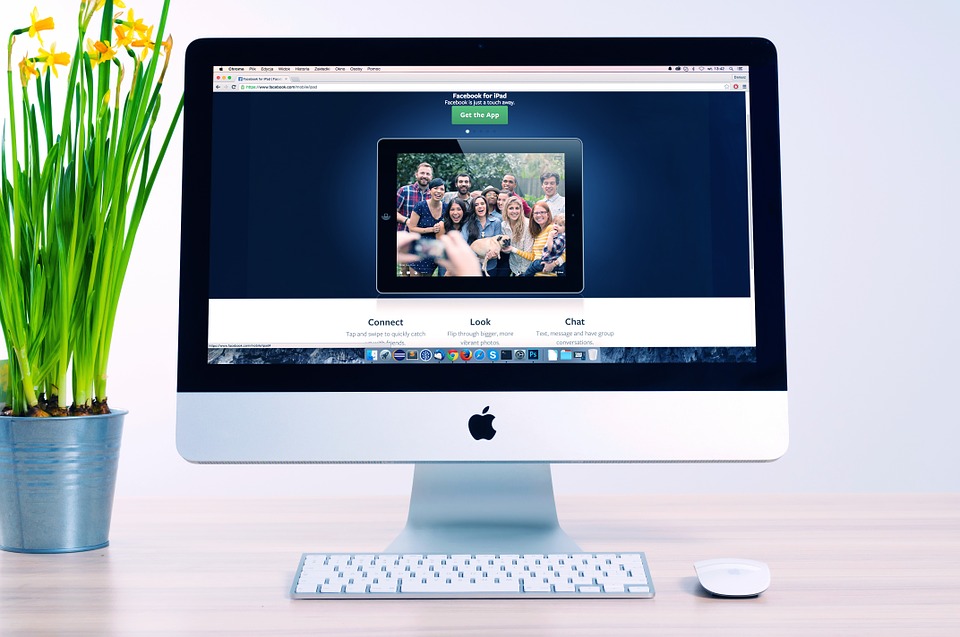
Whoever said, “a picture is worth a thousand words” was right. It’s especially true on the internet. The images displayed on your website determine how your visitors perceive your business and brand. If you’ve got a website and want your visitors to consume your content or take a specific action, it’s imperative to project the right image.
Here are 3 reasons why image is everything on the internet:
People are visual by nature
When a visitor lands on your website, unless they’re visually impaired, their first impression is going to be formed by what they see at first glance. If your website is cluttered with images that don’t contribute to the story you’re telling your visitors, they’re going to be confused and will probably bounce.
In the website world that has become DIY, templates and themes are made with placeholders designed for stock images. People who buy these premade templates automatically insert stock images wherever they are called for by the template. The problem is not all pages need images, and the ones that do would be better off with original images that are consciously created to support the content of each page.

Many people don’t read word-for-word – they scan
The debate over how much people actually read on webpages has been around for years. Some people say nobody reads long copy while other people say long copy is read often. The truth is found at the intersection of relevance and interest. People do read, but only when they are really interested in the content. Otherwise, they skim the paragraphs for relevant keywords, and if they don’t find what they’re looking for, they bounce.
People want to find information effortlessly
Experiments have shown that many people share articles on social media without even reading them. This was proven in 2014 when NPR pulled an April Fool’s Day prank on everyone by publishing an article titled, Why Doesn’t America Read Anymore? There wasn’t actually an article, but a short paragraph instructing people to like the Facebook post but not comment on it to see how many people actually read the stories they comment on. Sure enough, people commented on the post in response to the title without even clicking on the link. They thought they were commenting on a story about illiteracy and people losing interest in books. People weren’t shy to offer up their opinions.
This study on social clicks determined that 59% of social media links don’t get clicked on, further proving that links are shared without being read. Apparently, reading an article takes more time and effort than many people are willing to give.
Images take up large amounts of real estate on your webpages, and if people are scrolling past content, your images might be the only way to reel them back in and capture their attention.
The right image can entice people to read more
A random image used to break up copy will cause the visitor to scroll (briefly) in order to see if there’s anything relevant on the page. An image consciously used to convey a specific message will cause the visitor to scroll in anticipation of consuming relevant content. When your images convey an appropriate message, your visitors are more likely to hang around long enough to read more of your page.
Here’s an example of thirteen terrible stock images that couldn’t possibly contribute anything worthwhile to any webpage. These include someone wearing a headset, business people in clearly staged meetings, a man hugging a briefcase, and a strange image of a guy wearing a suit in a field of wheat holding a briefcase and balloons.
Believe it or not, these stock images (and worse) are regularly used on websites. They take up space, but they don’t tell a story.
In contrast, here’s a relevant image heading up an article that says it all in a glance. The article talks about home security systems that work with apps installed on a cellphone, and the image clearly portrays this message.
In the image, the screens on the phone and the laptop contain the same visual menus, just in a different layout. The article’s title matches the image, and the visitor will immediately know they’re in the right place.
Since visitors don’t always spend the time to read your content, your images are your greatest asset in capturing and maintaining their attention. Use them to your advantage and be strategic with their placement. Tell a story with your photos and use them to inspire your visitors to take the action you want them to take.